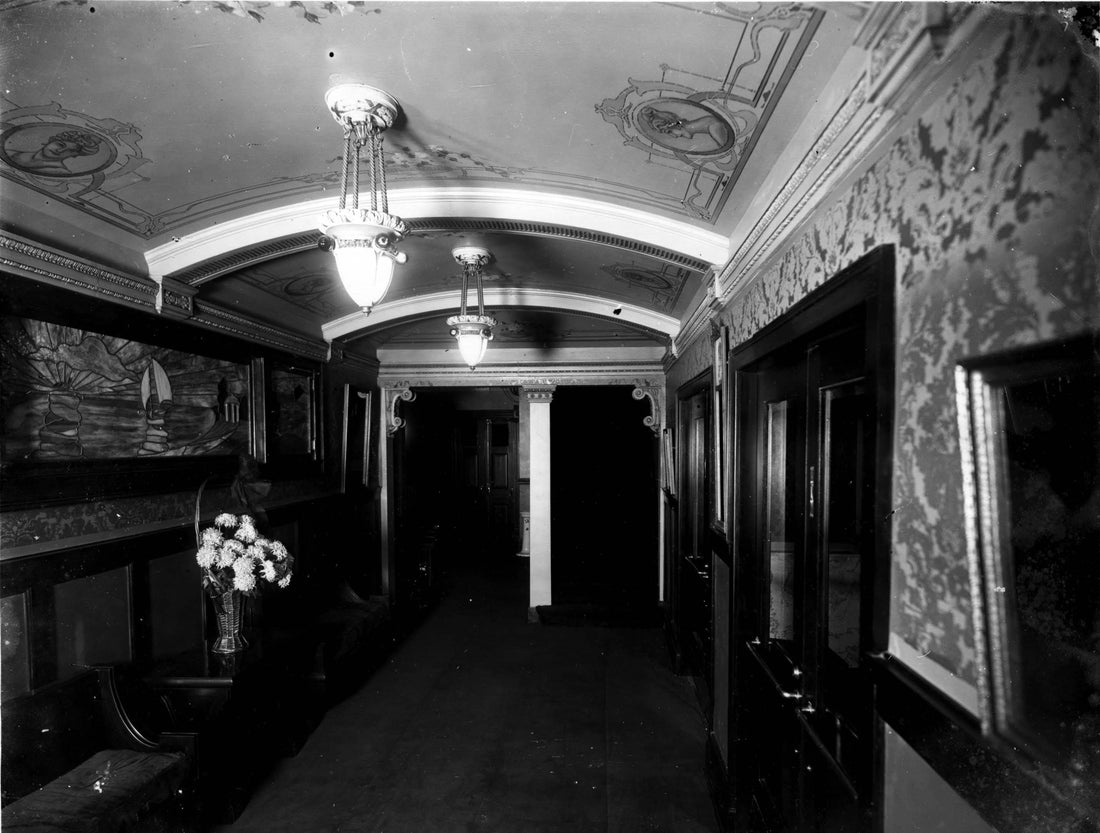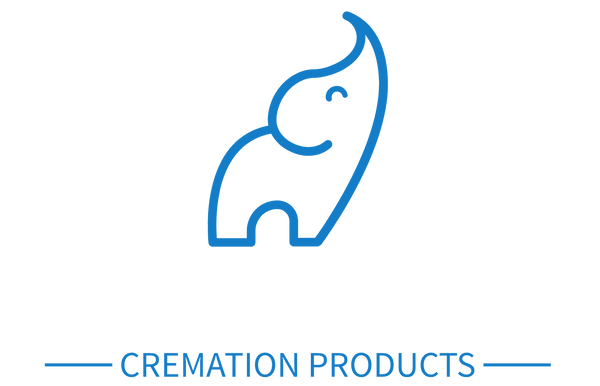
The Death of the Funeral Home
Share
The Decline of Funeral Homes Since 2015: A Changing Industry
Since 2015, the funeral home industry has experienced significant challenges, leading to a notable decline in the number of traditional funeral homes across the United States. These challenges reflect broader societal shifts in how people view end-of-life services, the rising cost of funerals, and the increasing popularity of alternative options like cremation.
Key Factors Driving the Decline:
-
The Rise of Cremation
Cremation has grown dramatically in popularity over the past decade due to its lower cost, flexibility, and reduced environmental impact. According to the National Funeral Directors Association (NFDA), the U.S. cremation rate surpassed the burial rate for the first time in 2015, and this trend has only accelerated. Families now often opt for simple cremation services instead of traditional burial, which typically involves embalming, a casket, and a graveside service—all significant revenue sources for funeral homes. -
Shifting Cultural Attitudes
The way people approach death and mourning has evolved. Modern families increasingly seek personalized, non-traditional ways to honor their loved ones, moving away from the structured, religious-based ceremonies that funeral homes historically offered. Many now choose celebrations of life, at-home memorials, or even direct cremation without a formal service. -
Economic Pressures
Rising funeral costs have placed financial strain on families, leading many to seek budget-friendly options. With the average cost of a traditional funeral exceeding $7,000, compared to around $1,000-$2,000 for a direct cremation, many consumers have opted for the latter. As a result, funeral homes have struggled to maintain profitability. -
Consolidation and Competition
Smaller, family-owned funeral homes face mounting competition from large corporate chains that can offer lower prices through economies of scale. This consolidation has led to a loss of the personal, community-focused service that many independent funeral homes once provided, further reducing the industry's appeal. -
Aging Ownership
Many funeral homes are family-owned businesses passed down through generations. However, younger family members are often uninterested in continuing the business due to its demanding nature and shrinking profit margins. Without successors, many funeral homes have closed or sold to larger corporations.
The Path Forward
While the decline in traditional funeral homes poses challenges, it also highlights opportunities for innovation. Companies offering cremation products, memorial jewelry, and customized urns are increasingly filling the gap by providing meaningful, affordable options for grieving families. Additionally, digital platforms and eco-friendly funeral services are reshaping the industry to meet the needs of modern consumers.
As families continue to prioritize cost-effectiveness, personalization, and sustainability, businesses that adapt to these preferences will thrive in the changing landscape of end-of-life services.
This transformation signifies not just the decline of funeral homes but the evolution of how society chooses to honor and remember its loved ones.
